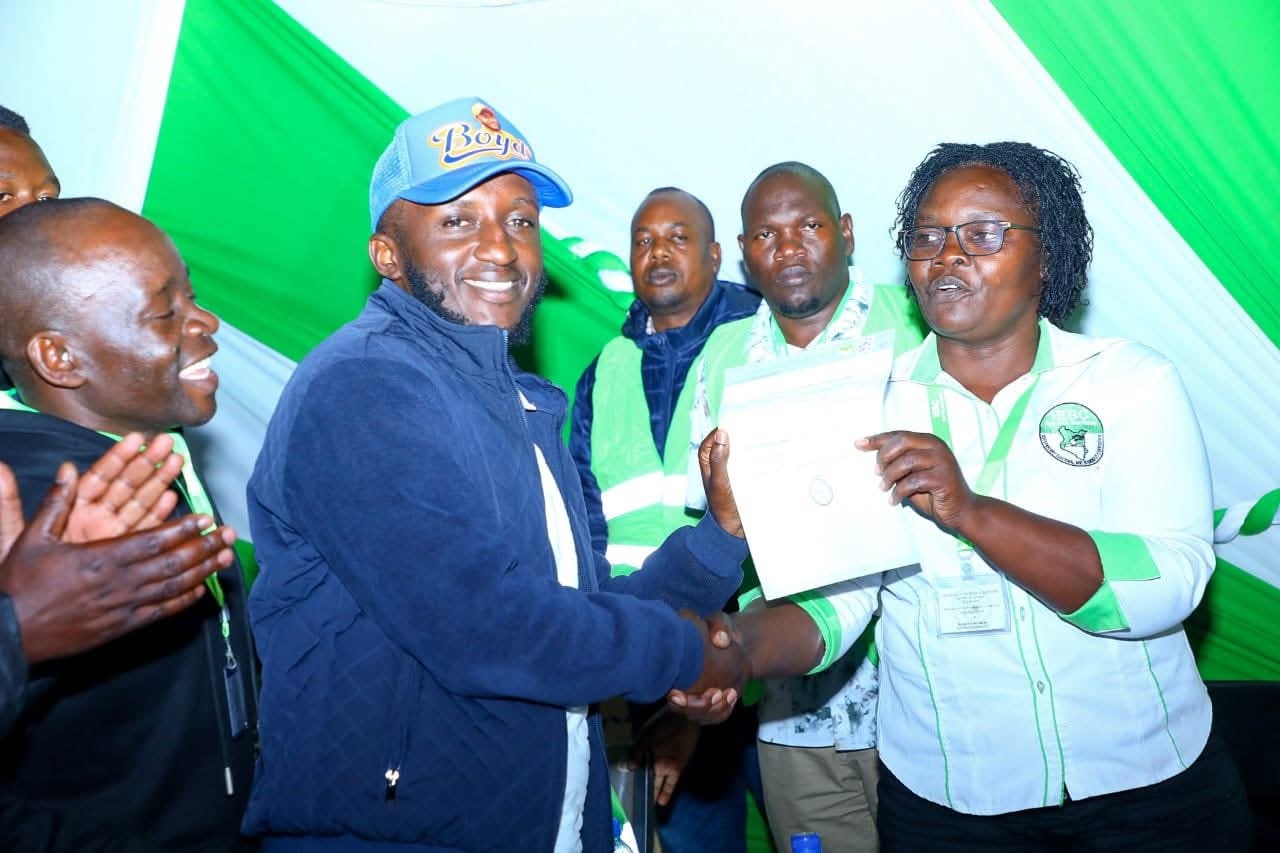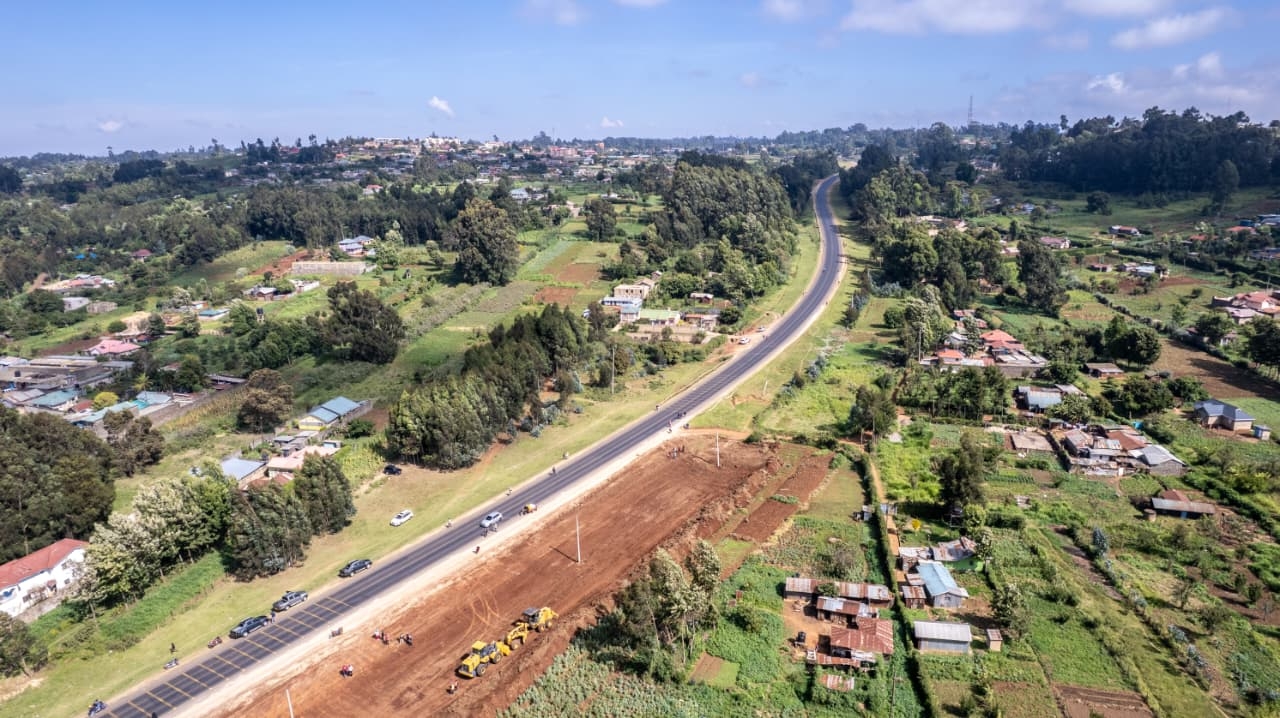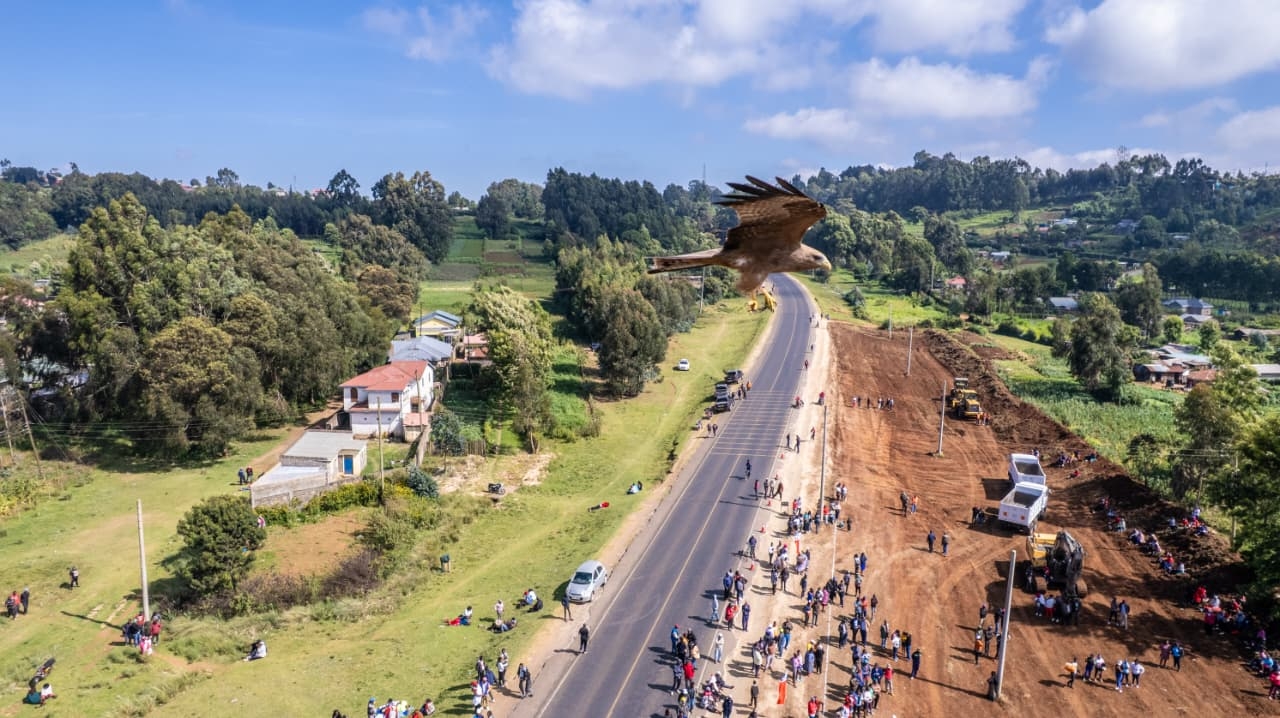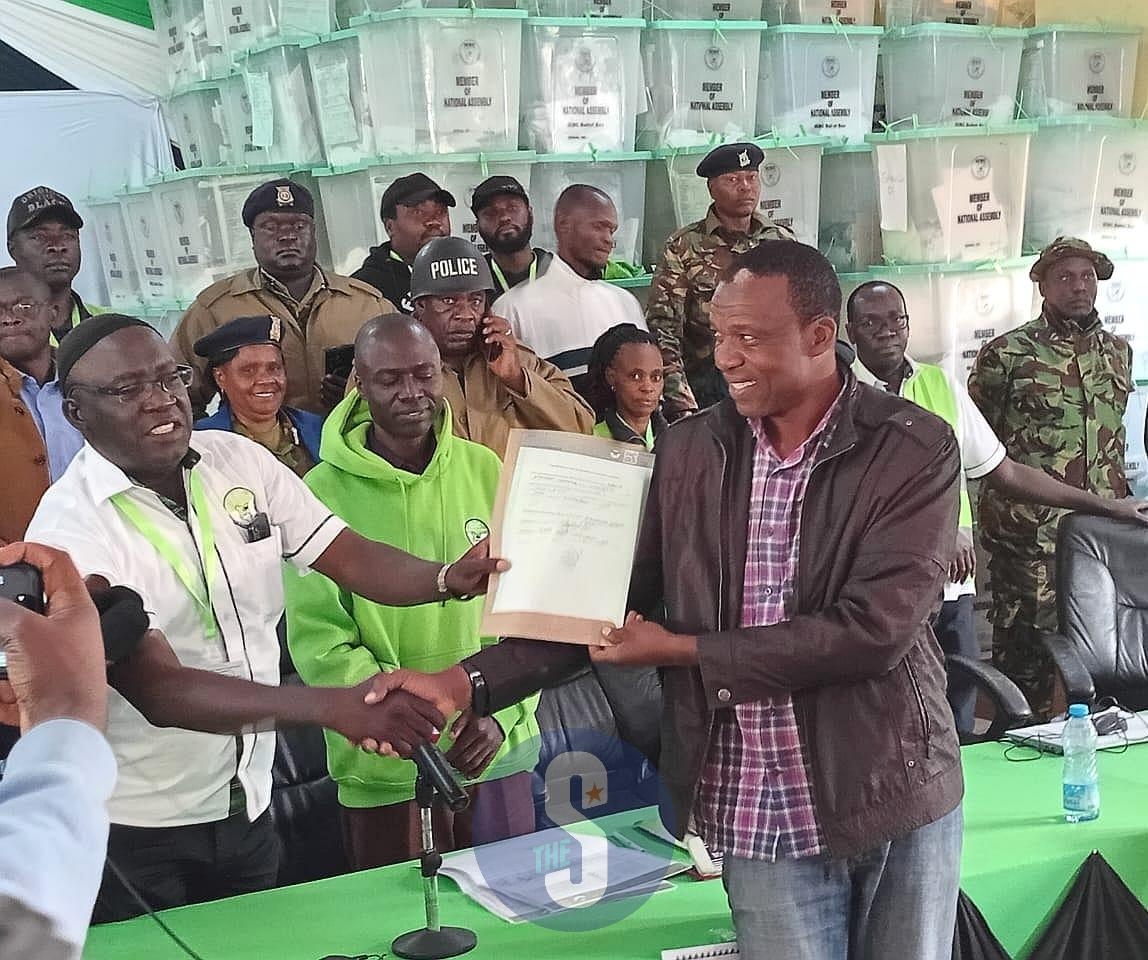Conservationists and environmentalists in Lamu County have been urged to embrace planting of less dominant species of mangroves in degraded sites to curb their extinction.
Mangroves play a vital role in the functioning of the natural environment and for humans, as they act as barriers against soil erosion and storms, filter nutrients like nitrogen and phosphorus, store carbon, and biodiversity protection, among others.
Rare mangrove species at the brink of extinction include the Xylocarpus granatum locally known as Mkomafi and the Xylocarpus moluccensis locally known as Mkomafi dume.
Dominant and common mangrove species in the coastal ecosystem include the Rhizophora mucronata locally known as Mkoko, the Bruguiera gymnorrhiza locally known as Muia, the Ceriops tagal locally known as Mkandaa and the Sonneratia alba, locally known as Mlilana.
Other dominant mangrove species are the Avicennia marina locally known as Mchu, the Lumnitzera racemosa locally known as Kikandaa and the Heritiera littoralis locally known as Msindukazi.
Conservation experts have expressed concern that despite Kenya being home to all the nine mangrove species described in the Western Indian Ocean-WIO region, restoration efforts seem to only concentrate on certain dominant species of the mangroves while ignoring the rest.
Shawlet Cherono, a conservationist with Wetlands International, observed that most restorers tend to massively plant the already dominant species of mangroves and forget the less dominant species which may result in the extinction of the rare species.
Conservationists have however complained that rare species like Mkomafi and Mkomafi dume are difficult to find, making it hard to conserve them.
The dominant mangroves have readily available propagules for planting unlike the less dominant species whose seeds which are covered inside a hard fruit with a thicker and tougher skin.
A propagule is a seed-like, leafless structure that is produced by mangrove trees to allow them to reproduce and disperse.
“There’s a worrying trend where restorers in most degraded sites rush to plant the commonly found mangrove species like Mchu, Muia, Mkoko, Mkandaa and the rest. The Mkomafi and Mkomafi dume don’t get the same attention,” said Cherono.
She revealed that together with partners, Wetlands International has embarked on a campaign to establish tree nurseries for the Mkomafi and Mkomafi dume mangrove species in Pate Island in Lamu East to encourage recovery and conservation efforts.
“That’s the first effort made across Kenya. We advise restorers to embrace massive planting of these rare species, particularly in the depleted sites to uplift their population in our environment,” she said.
Mangrove enthusiast Swabra Musa, a woman renowned for her efforts in restoring local mangrove forests in Lamu, said lack of knowledge is largely to blame for the lack of effort in restoring rare species of the mangroves.
Shen said the Mkomafi and Mkomafi dume species take longer to germinate and grow compared to the fast rest.
The lives of Lamu communities are closely intertwined with mangroves with about 60 per cent of these magnificent and carbon-rich ecosystems in Kenya found in this historically and culturally rich archipelago.
The coastal communities remain the key to managing, conserving and restoring mangroves.















